I know…you just read that title and wanted to scroll by, but you couldn’t. Why phonics isn’t working in most elementary classrooms is not a problem that can be answered in a single blog post, but we can close the literacy gap by exploring solutions together. Students are two or three grade levels behind, and there just doesn’t seem to be anything that is working to close the gap. My perspective is slightly different on why and what we can do. If you are like me, I challenge you to read this post today and think outside the box just for a minute. Then, reflect on HOW you are teaching phonics and not what you are teaching.
One Size Fits All
Phonics is not just a cookie cutter, one size fits all process. If a teacher is teaching phonics instruction to her entire classroom at one time, using the same lesson, is he/she truly giving her students what they need? Does the teacher even know what her students need? Phonics needs to be individualized. As students enter the classroom on multiple levels, there should be multiple levels of phonics instruction.
But, they are already reading! They don’t need phonics!
NO WAY! Are you serious? Just because students are able to predict text or read multisyllabic words does not ever mean that they do not need phonics. Do they understand syllable breaks and how that affects vowels, and how the consonants work together to make new and complex sounds? Even the BEST readers in your classroom can benefit from phonics instruction.
Phonics Instruction in Isolation
I saved this one for last because this is my biggest pet peeve. How do students use phonics? To read? YES, but also to spell and write in context. Why, then, do we just expect students to learn the phonics patterns, be able to look at a word and talk about the pattern, and read the words from a word list that follow the same pattern. Ouch! I hope that didn’t hurt. If this type of phonics instruction is taking place in your classroom, can you take it just a step further? Teach the students to produce words and challenge them in their writing to be able to apply the phonics patterns taught. Even if it means pulling out spelling lists that follow the patterns, be sure that your students understand and are not just regurgitating the phonics patterns in isolation.
Are they reading what you are teaching?
When do we expect students to apply the phonics skills? When they are reading and writing? Then we have to provide opportunities to practice reading as well. This is where a phonics program or balanced literacy program is great. (If you don’t have access to one, my phonic intervention packs also provide readers.) As you are reading, have your students write down the words that they find that follow the phonics patterns. Use running records to take notes as your students are reading. Who is missing or struggling with what? Pull them back and provide heavy interventions. Catching and identifying these issues early will help ensure they don’t continue to get further and further behind.
It’s not easy to fix the reading gap.
My rant is nearly over, but I truly get tired of hearing the word phonics thrown around as the reason our students can’t read. Yes, it is the problem, but it is HOW we are teaching it that is also the problem. All students need phonics, but we need to make sure that we are using a spiral approach just like we teach math. Assess, teach, assess, and reteach, and even after introducing and learning new phonics patterns, make sure that your students haven’t forgotten old patterns as well. Make a spelling list of words that follow a pattern or use word cards from my phonics intervention kits to truly see if students are retaining what you have already taught. If you are an upper grades teacher, don’t be afraid to teach phonics to your students. My fifth grader still comes home to mini lessons on how to break apart complex words and find the patterns within the word. These help him to better learn to read and spell it in the future.
Not sure where to start?
I have several bundles that might be perfect to start implanting a more balanced approach to teaching phonics. Take a look.


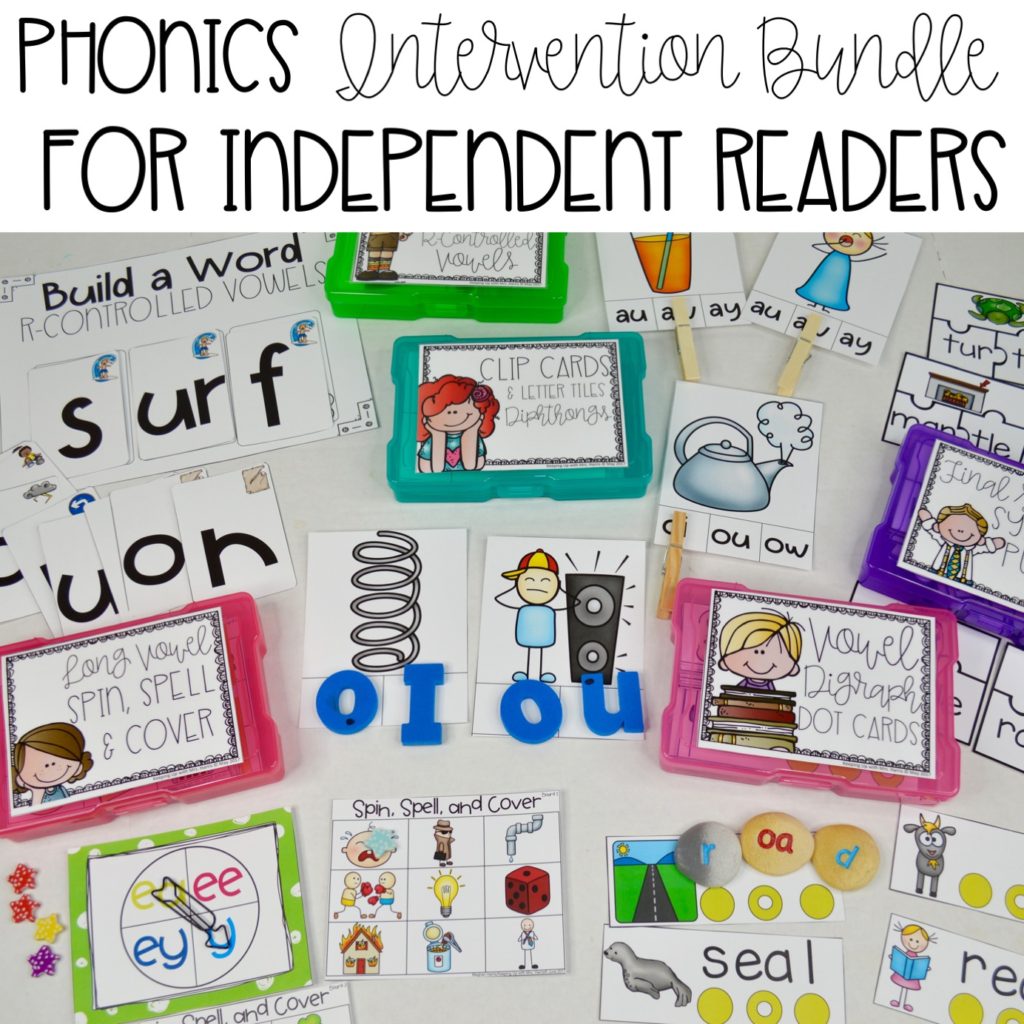
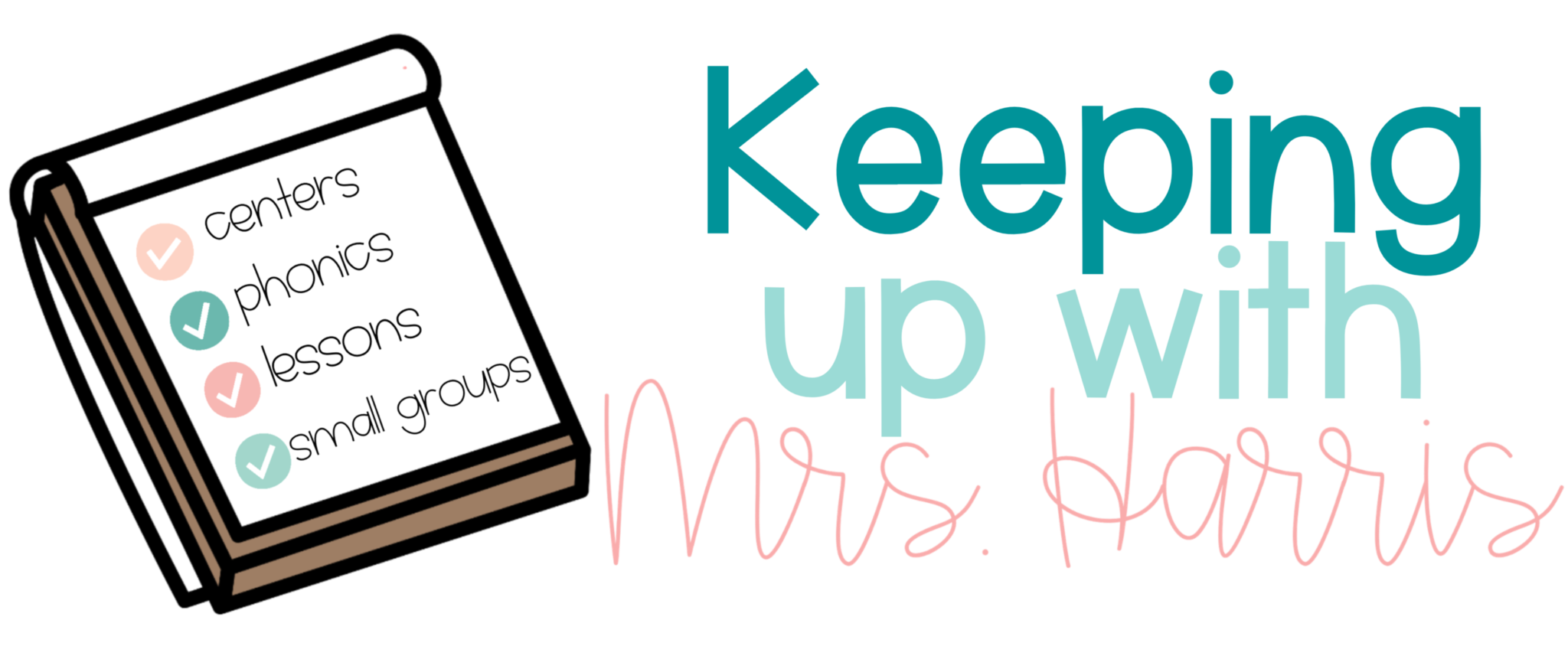
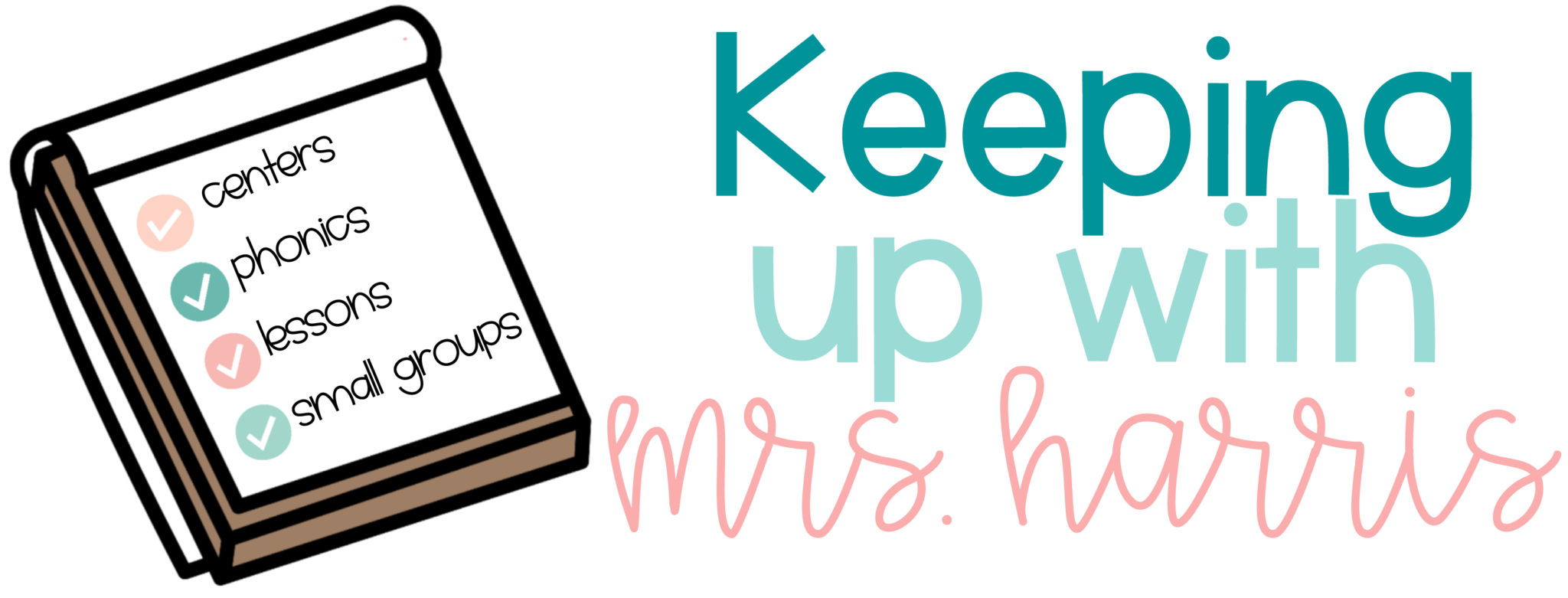
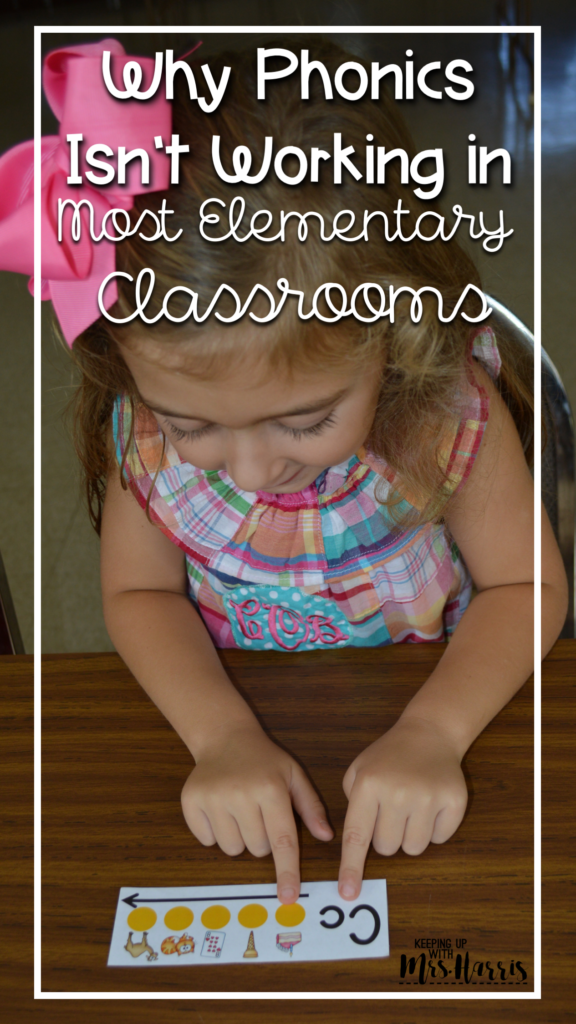
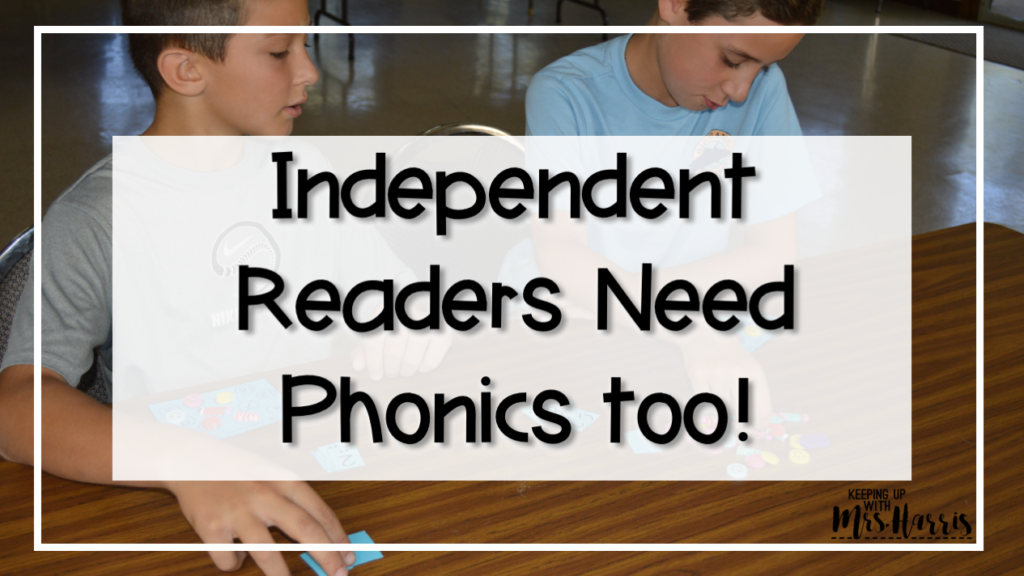
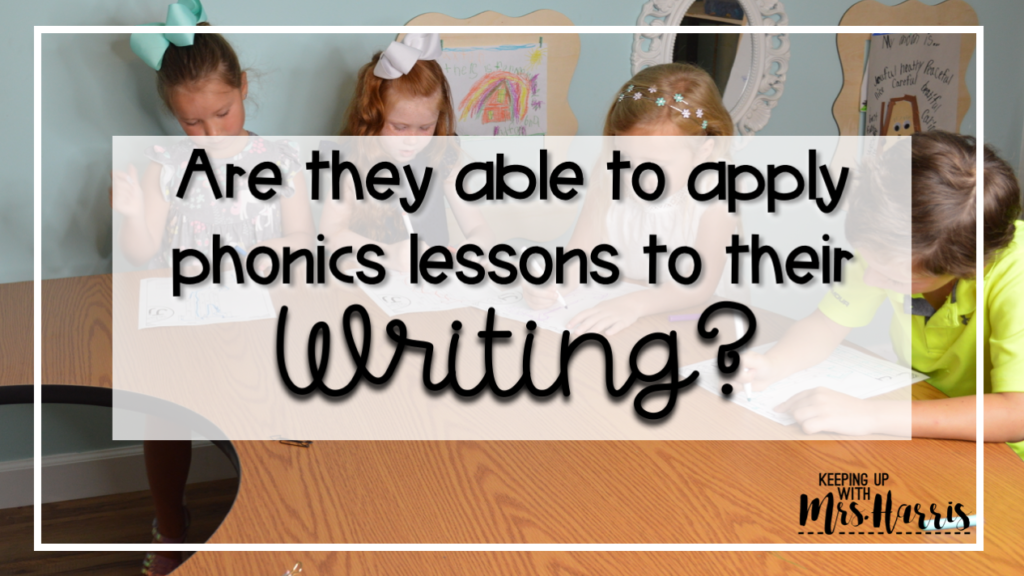


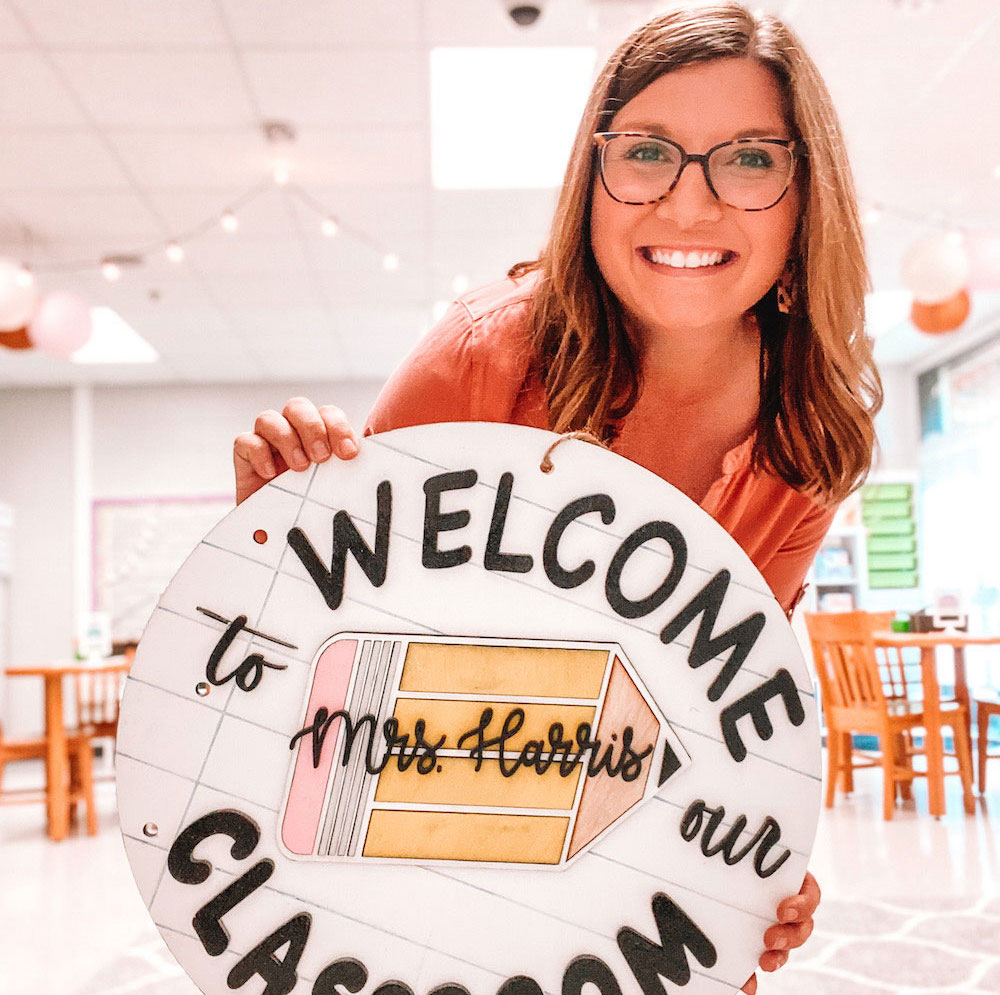
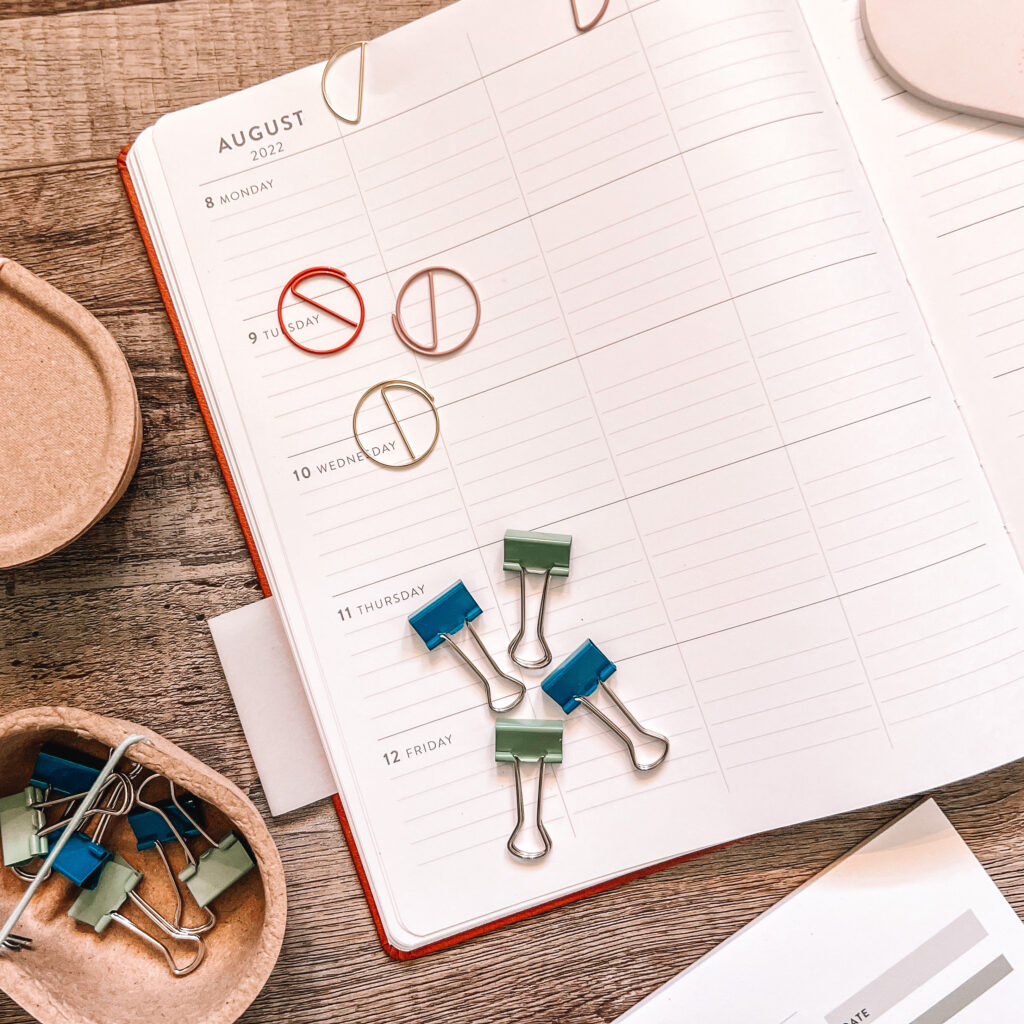
3 Comments
tx for suggestions n great work
I appreciate ur skill
Very informative.
Very informative and relevant too
Comments are closed.